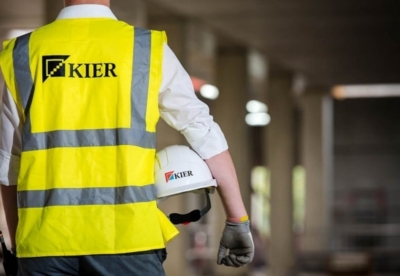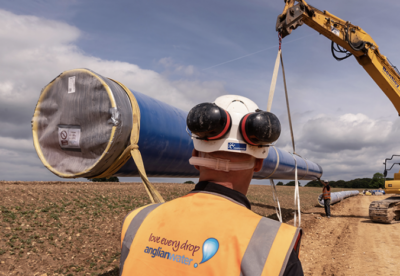The returns will spell a bonanza for shareholders with one third of the cash distributed in dividends.
The target came as Britain’s fourth largest house builder posted a strong set of results for the year to July 31 2020.
Pre-tax profits rose to £479m from from £236.7m last time on turnover up to £3.1bn from £2.2bn.
Housing completions were also up to 10,138 from 7,522 with a target of hitting 12,200 homes by 2023. Bellway has a land bank of 86,571 plots.
Bellway also set aside a further net £51.8m as part of its “commitment to help owners of legacy apartment schemes undertake fire safety improvements” bringing the total amount provided since 2017 in relation to post-Grenfell cladding issues to £164.7m.
Group chief executive Jason Honeyman added: “On a site level, we continue to undertake centralised layout and ground-work reviews, to ensure that quality is preserved, while driving further cost efficiencies in the construction process.
“We have also developed a matrix to help determine the optimum and most cost effective solution for retaining walls, depending on aesthetic requirements and we continue to encourage the sharing of best practice and new ideas through cross-functional and divisional working groups.
“Notwithstanding our strong commercial disciplines, overall cost inflation during the year has been in the mid-single digits, although this, in general, has been offset by rises in house prices.
“We continue to see price inflation on commodities such as steel, timber, MDF and polymers, but there are signs that some of the more pronounced price increases over recent months are beginning to subside.
“There remain ongoing constraints in the supply chain and intermittent labour shortages across the sector as, despite the vaccine success, colleagues, subcontractors and suppliers are subject to self-isolation requirements to curtail the spread of Covid-19.
“In addition, the national shortage of heavy goods vehicle drivers and recent disruption to fuel supplies has had some impact on the availability of materials. In general, these constraints are manageable by adopting good procurement disciplines and forward planning.
“They will, however, mean that construction output in the first half of financial year 2022 is likely to remain similar to that achieved in the first half of financial year 2021.





















































.gif)



